by Kay Pranis
January 2010
This month's circle tale is by Kay Pranis, co-author of Peacemaking Circles - From Conflict to Community, a classic in the restorative justice movement. She has also authored The Little Book of Circle Processes: A New/Old Approach to Peacemaking and co-authored Doing Democracy with Circles: Engaging Communities in Public Planning. Kay is one of the original carriers of circle into the justice system and served as the restorative justice planner for the Minnesota Department of Corrections from 1994 to 2003. She has written and presented papers on peacemaking circles and restorative justice in the United States, Canada, Australia, and Japan.
The circle has been a glorious gift in my life. It has helped me heal wounds with one of my children. It has given me my place in community. It has provided me with a deeply rewarding way to live my purpose. It has connected me to thousands of people whose lives have enriched mine.
I was introduced to circle in 1995 in the context of restorative justice. At the time, I worked for the Minnesota Department of Corrections promoting restorative justice around the state. Restorative justice is a philosophy and set of practices designed to promote healing in the wake of harm between human beings. It focuses on the human harm of a crime, not the legal consequences, and seeks to determine from those harmed what can be done to put things right again, or to make literal or symbolic amends. It seeks to promote healing for those who caused harm by encouraging them to take responsibility and take action to repair the harm they caused. (www.restorativejustice.org)
I first learned about circles from Judge Barry Stuart, Yukon, Canada. He was using sentencing circles to engage all key stakeholders (including the victim, victim supporters, offender, offender supporters, judge, prosecutor, defense attorney, law enforcement, probation, and any concerned community members) to decide what the sentence should be. The judge agreed to share the power of deciding the sentence with all participants and those decisions were made by consensus in circle. Though participation was voluntary most participants did not really want to be there. Those circles held enormous amounts of anger, pain and hostility. The Circle space does not always feel peaceful and reverent in that context. Nonetheless, it is incredibly effective at helping people to heal, to connect to others and move toward hope.
I am deeply indebted to First Nation and Native American teachers. Harold and Phil Gatensby and Mark Wedge of the Tglingit people were among my original trainers from the Yukon. Yako Tahnahga of the Anishinabe people became a very important guide along my journey. Yako particularly taught me how circles fit into a worldview very different than that of Western culture. I am also indebted to Christina whose book Calling the Circle I discovered early in my journey. Christina's book was inspiring and reassured me that we were not alone in feeling the power of this vision.
We began using circles as an intervention when something had gone wrong. We quickly recognized that circles are also helpful for building community and strengthening relationships. From the original application of deciding sentences, circles quickly spread to schools, neighborhoods, churches, social services, families and the workplace as both an intervention and a prevention tool.
One of the most exciting applications of circle I've been part of is for staff conflict in prisons. Exciting because it seems one of the most unlikely venues for circles. But there it is – corrections officers sitting in circle talking about how they treat each other. Recently, a retiring warden with 35 years of experience working in prison told the staff person who energized this project that he is sorry for the challenges and doubts that he raised in the early years, and that they should never, ever give up the effort. And I cried when I read the e-mail sharing that story. I always believed that, if we can use this process for staff in prison, we can use it anywhere – healing is possible anywhere.
I co-authored a book about Circles in the justice system with Barry Stuart and Mark Wedge. When we were unable to find a publisher, an angel in the form of a human, Denise Breton, created a non-profit publishing company, Living Justice Press, to publish our book, Peacemaking Circles – From Conflict to Community. Since then, LJP has published several books on circles and restorative justice between peoples. LJP is currently developing a website list of circle resource people around the country. (www.livingjusticepress.org)
I think of the circle as an intentional space designed to help us step in the direction of our best self from wherever we are. No matter how bad a place people are in, the circle tries to help that person see the good in themselves and in others. I am grateful that I get to spend so much time in circle, because I get to see the good in people even when their behavior has been very bad. I am continually amazed at the human capacity to reach past pain and shame to connect to others.
